The Columbia River is a highway for salmon, steelhead, lamprey. The quality of it’s water is critical for them. One of the key players working on just that is Mary Lou Soscia.
Remember that kid who was always talking in class? Maybe it was you or maybe a friend or classmate. Extroverted and driven to connect with others, they keep talking.
Mary Lou Soscia was one of those kids. Luckily, she never stopped.
These days, talking it out between, tribal, state, and federal governments is what she does best. “Its hard work,” Soscia says. “I’m the person that tries to put all the pieces together toward working for a common goal.”
After more than 30 years in watershed and river management, Soscia is more than qualified. Her goal: to create healthy rivers.
“I want to figure out a way to be near rivers and interact, but also do the right thing—undo the damage that has been done, and create a healthy, useable ecosystem.”
A champion with a cause, Soscia has positioned herself as a river guardian. She’s a woman of many titles: Region 10 Columbia River Coordinator for the Environmental Protection Agency, leader of the Columbia River Toxics Reductions Strategy and Toxics Reduction Working Group.
She is a board member for WaterWatch of Oregon and the World Salmon Council. Fish aren’t the only ones with Soscia on their side: she was a leader in the past collaboration of the Oregon Water Quality standards human health criteria and is currently leading the collaboration with Idaho Tribal Governments to address human health criteria revisions.
But these titles have come with time and experience. Soscia believes it’s all about the connections you make. “You get to know people who are dedicated to this work,” she says. “You create a great network of people who care about rivers and that connection helps.” You also need to know what you are talking about. Be an expert. When people ask questions, have answers.
For Soscia, her network began at school. After earning her B.A. in Sociology and B.S. in Geography, Soscia began grad school to pursue a Master’s Degree in Geography at the University of Maryland. While in grad school, she began work on environmental policy. She was interested in locally based watershed work rather than a future in the federal government. Specifically, Soscia wanted to work on watersheds within the Chesapeake Bay area.
Grad school started to fuel that spark; “I had wonderful mentors,” says Soscia. Working with individuals like Gilbert White, geographer, environmentalist, and pioneer in flood plain management, Soscia gained greater interest in water systems and floodplains, eventually landing a position with the State of Maryland working on floodplain management.
Past co-worker Lisa Jackson, former head of the EPA, also inspired her and later became a mentor. Soscia fondly remembers a speech Jackson gave to a group of teenage school girls in Portland, Oregon. Jackson stressed the importance of studying science, especially in a field dominated by men. Jackson passionately spoke about women contributing to the world through science. Soscia was moved to tears, “She was a beautiful speaker.”
Soscia agrees that there are not enough women in her work place. While feminist isn’t a title on her list, Soscia leads by example. “I’m egalitarian,” she says. “I want fairness for everyone.” Soscia now mentors others and tries to stay in touch. Keeping the network alive and well involves a commitment to reaching out.
It’s no surprise that Soscia was one of the first at EPA to get the community involved in social media. EPA Northwest regularly tweets on environmental news and eco-tips. While she was one of the first, EPA is now represented on multiple platforms.
A current project for Soscia—one that has taken much time the last four years—is working with Columbia Gorge tribal communities and making sure their issues are included in the Columbia River Basin Treaty negotiations. The agreement between Canada and the United States was created in the 1960s to regulate the operation of dams for power, flood control, and economic benefits. A lot has changed since the treaty’s creation, and Columbia River tribes are now focusing on ecosystem restoration through rivers.
“It has been a real challenge,” say Soscia. “A lot of issues and money are at stake. International diplomacy is at stake. For the first time in many years the Columbia River tribes are coming together with the First Nations to move in a positive direction for the Columbia River basin’s environment.”
Another difficult task: protecting high consumers of fish, like the Native American population. Soscia is working with Idaho tribes to gather data, through surveys and interviews with tribal members about fish consumption. The process takes time and Soscia’s team has completed eight months of a 12 month interview process with tribal fish consumers. She hopes the surveys will more accurately reflect current consumption.
Work on Columbia River toxics has to be done on a tight budget, but Soscia keeps a bright perspective. “You have to work hard to communicate with people and look for opportunities to solve problems in a positive way.” It takes energy for this work, but passion is at the heart of Soscia’s motivation.
“I’ve always loved and grew up around rivers,” says Soscia. Growing up near the Chesapeake Bay inVirginia Beach, she recalls memories of a childhood in the water, a gift she wants to give back to future generations, like her daughter Molly.
Molly is as extroverted and as environmentally conscious as her mother. “Everyone says, ‘She’s just like you,’” says Soscia. She feels that letting Molly learn and grow to love the environment is an important step. “I want to let her be free,” says Soscia. She adopted Molly in 2007 from China. She had a difficult early life, but today Molly is described as a happy and outspoken child. She claims, “Mama, I taught you everything you know about the Columbia River!”
“I’ve come to love the Columbia River,” says Soscia, “It has a fabulous ecosystem, and I love the tribal people and their culture.” A love for rivers, the environment, and the people who live in the Columbia River Basin keeps Soscia talking.


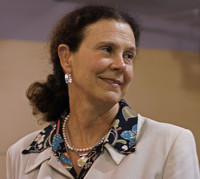
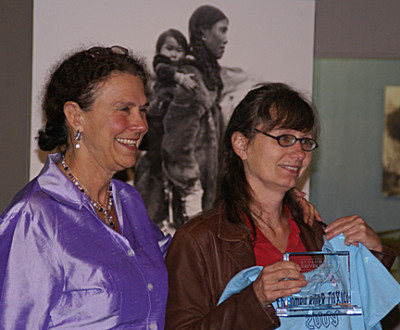


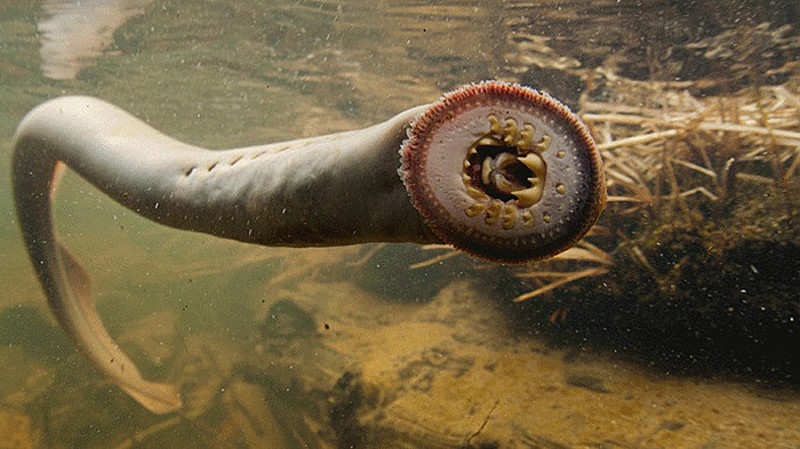
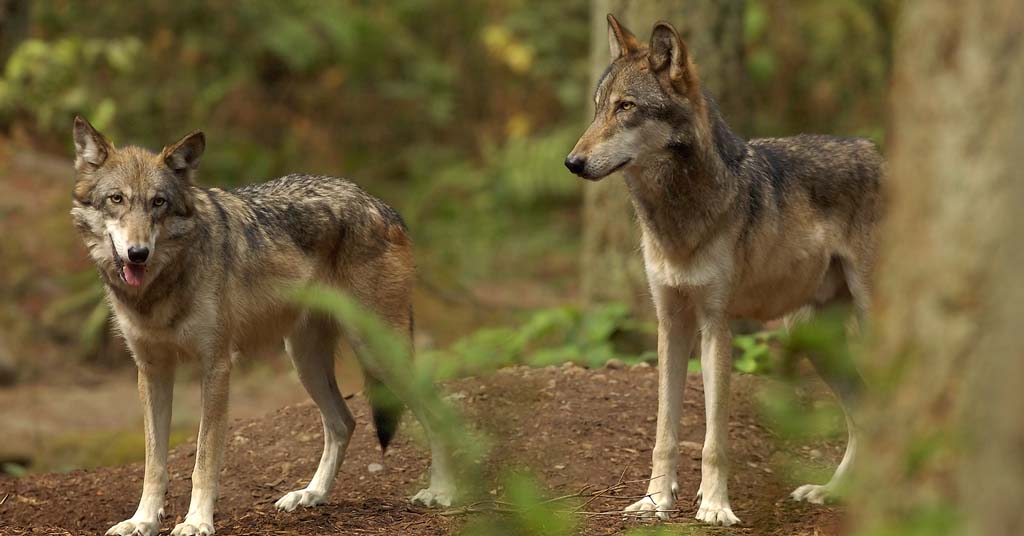

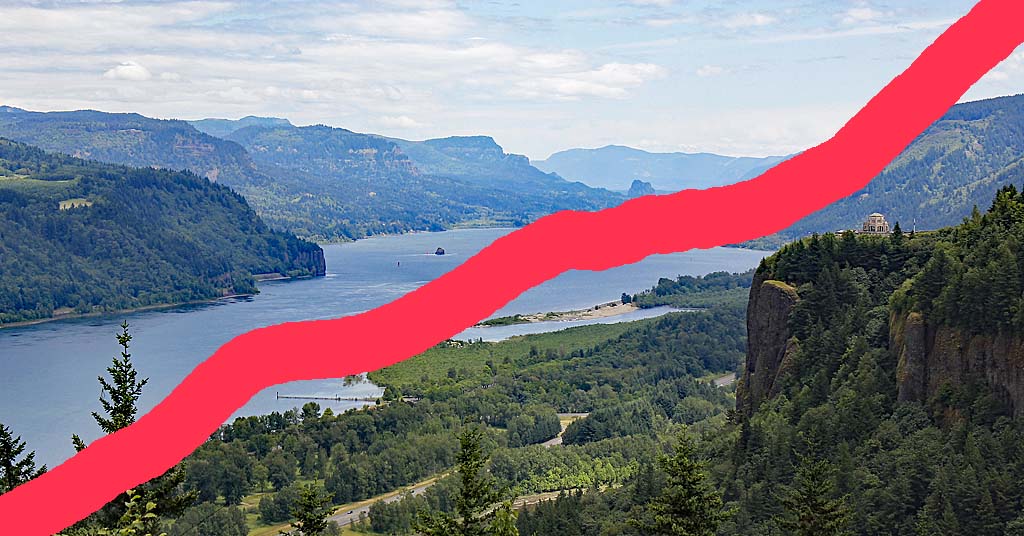
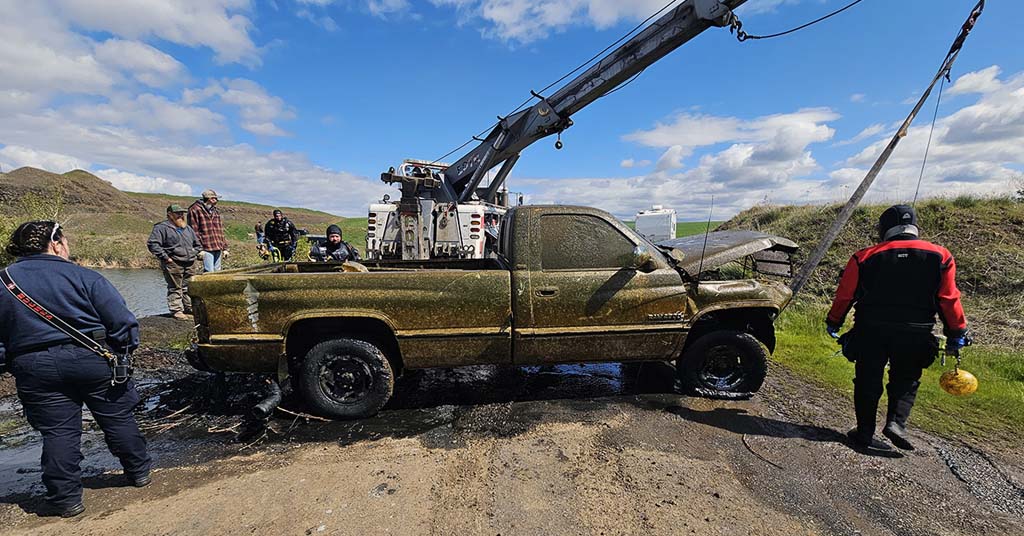



Great article, well written and informative about a person who is making a difference. I’m glad there are people like Mary Lou out there doing this type of work to restore our rivers and streams.
Great article! We are truly fortunate to have Mary Lou focus her considerable energy and talent on ecosystem health in the Columbia Basin. Thank you for writing this profile!